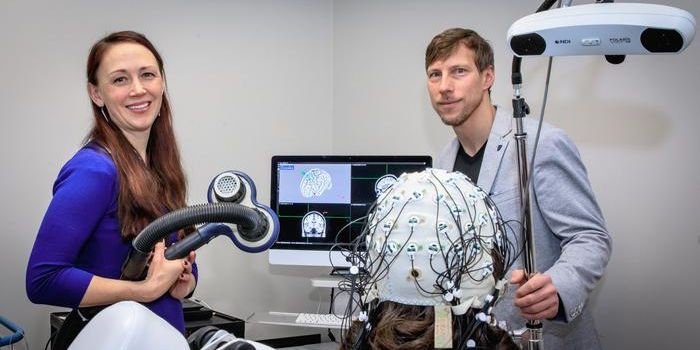Fainting spells are common, but it’s difficult to determine whether a person fainted from benign issues or from other serious life-threatening conditions. To help emergency doctors determine whether fainting is caused by an underlying health condition, researchers at the Ottawa Hospital have proposed a
new screening tool. They hope the easy-to-implement nine-question test can standardize the way fainting spells are treated and followed.

Medically known as syncope or a syncopal episode, fainting is defined as a temporary loss of consciousness followed by spontaneous recovery. It’s estimated that over a third of the general population will faint at least once in their lifetime. Though common, it rarely results in a trip to the ER. But of the ones that do see a doctor for their fainting, around 10 percent of cases are caused by underlying health problems that could be life-threatening.
"Fainting is a big problem. The way fainting patients are examined in emergency rooms varies greatly between physicians and hospitals," said Venkatesh Thiruganasambandamoorthy, an assistant professor at the University of Ottawa and an ER doctor at The Ottawa Hospital.
Of note, between 7 and 23 percent of patients who come into the ER from a fainting spell will likely have another serious health event within 7 to 30 days from the visit. To make matters worse, these secondary health events most often occur after the patient has already been released from the ER. This means that doctors often miss the danger cues hidden behind the fainting spells. Alternatively, when doctors overcompensate for this risk, some patients may stay in the ER for an unnecessarily long amount of time, which adds burden to time and costs in general.
To help ER doctors accurately screen patients for benign fainting spells versus those who should undergo more medical exams, Thiruganasambandamoorthy and his team designed a nine-item test, called the Canadian Syncope Risk Score.
They came up with this screening tool after observing over 4,000 patients brought into the ER rooms for fainting. In their analysis, they noted that 147 patients subsequently experienced a serious adverse event within a month after being released from the ER. Serious adverse events included death, heart attack, irregular heartbeat, blood clot, hemorrhage, and others.
In examining the clinical records of these cases, the team identified 43 candidate predictors for serious adverse events following a fainting episode. They were then able to categorize these 43 items into a 9-factor model that can function as a screening tool for ER doctors. How patients score on the 9 factors determined the risk of an adverse event in the following 30 days. Factors of particular interest include history of heart disease, abnormal blood pressure readings, and abnormal troponin levels and heart readings on an electrocardiogram (ECG).
"We hope that this screening tool will make the process more consistent and improve the detection of serious conditions related to fainting," said Thiruganasambandamoorthy. He also sees the new screening tool as beneficial in other ways. "If our tool can discharge low-risk patients quickly and safely," he explains, "then I think we can reduce emergency room wait times and open up those resources to other patients."
Additional source:
MNT









